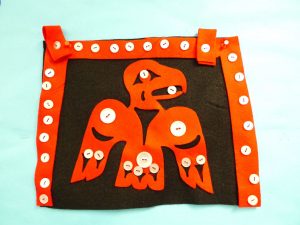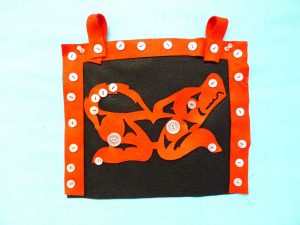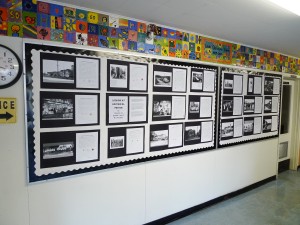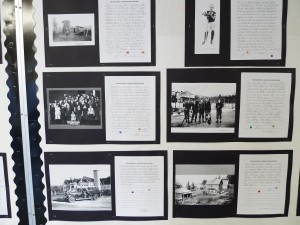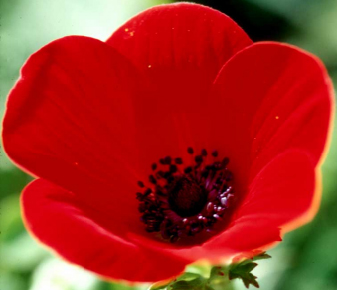Category Archives: Canada
Beautiful British Columbia
We are fortunate to live in a province with so much natural beauty. Sometimes when I’m out hiking and exploring, I’ll take some video with my drone. A drone is an amazing piece of technology, but it must be used responsibly. Can you see the fishing black bear in the video? What’s your favourite part of the video? Do you like the music? In the lower right hand corner is a button you can click to see the video full screen.
A Beautiful Province
I used my drone to film some video in British Columbia. In the lower right hand corner you can click on ‘Enter full screen’. There is also a button where you can select video quality and 1080p is recommended. If you have speakers, there is music that makes the video more enjoyable. Please feel free to leave a comment.
Aboriginal Education – Button Blankets
Last week, Dawn, an elder from the Aboriginal Education program taught us about the talking stick and talking circle. She is returning to our class on Wednesday to teach us about button blankets and First Nations art. We still need parent helpers to help the students with the needles and thread. Grandparents are also welcome in our classroom.
Gung Hei Fat Choy
Saturday marks the Chinese New Year, or Lunar New Year, as the world bids farewell to the Year of the Monkey and says hello to the Year of the Rooster. The Rooster is the 10th in the 12 year cycle of Chinese zodiac signs and the last Year of the Rooster was in 2005. What Chinese zodiac sign were you born in?
Giant Panda vs. Snowman
At the Toronto zoo the zookeepers made a snowman for the giant panda named Da Mao. He seems to be having fun disassembling their creation. What do you think about Da Mao playing with the snowman? Please feel free to leave a comment.
The Northern Lights
In the winter many people visit the Yukon, Northwest Territories and Nunavut to see the Northern Lights or Aurora Borealis. Below is a video from the University of Oslo that does a very good job of explaining what causes this natural light display. In the southern hemisphere the lights are called the Aurora Australis.
Looking At Historical Photos Of Our Community
Each student was given a different historical photo of our community. The images are in black and white and some of the photos are over 100 years old. Students wrote about what they noticed in their photos and things that were different than our community today. We noticed people in the photos dressed differently and the houses were smaller. The cars had more chrome, whitewall tires and many of the roads weren’t paved. We created a bulletin board display at the front of the school which will remain there for the month of February. If you get the chance, be sure to see the students wonderful work!
Matthew Asks An Interesting Question
In Social Studies we have been learning about the provinces and territories of Canada. We also learned that many people visit the Yukon, Northwest Territories and Nunavut to see the Northern Lights or Aurora Borealis. During a class discussion, Matthew asked an interesting question. He said ‘What causes the Northern Lights?’. Below is a video from the University of Oslo that does a very good job of explaining what causes this natural light display. In the southern hemisphere the lights are called the Aurora Australis.
In Flanders Fields by Lieutenant Colonel John McCrae
In Flanders fields the poppies blow
Between the crosses, row on row,
That mark our place; and in the sky
The larks, still bravely singing, fly
Scarce heard amid the guns below.
We are the Dead. Short days ago
We lived, felt dawn, saw sunset glow,
Loved and were loved, and now we lie
In Flanders fields.
Take up our quarrel with the foe:
To you from failing hands we throw
The torch; be yours to hold it high.
If ye break faith with us who die
We shall not sleep, though poppies grow
In Flanders fields.
Written by Lieutenant Colonel John McCrae on May 3, 1915 in Ypres, Begium


